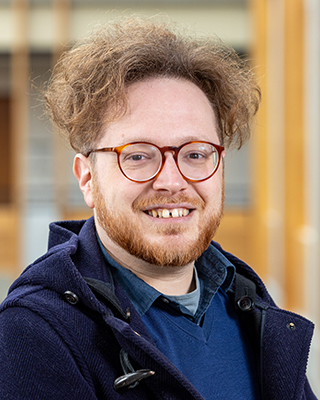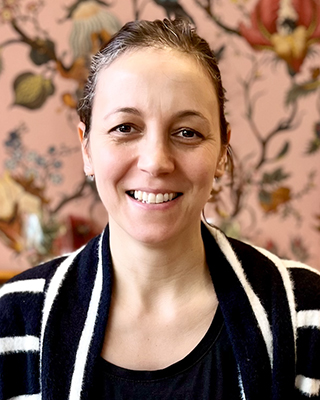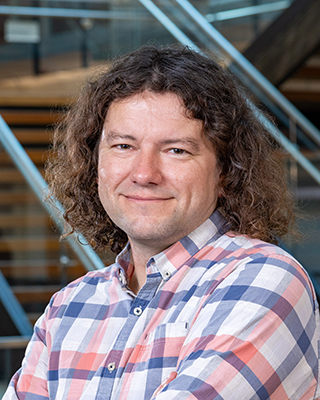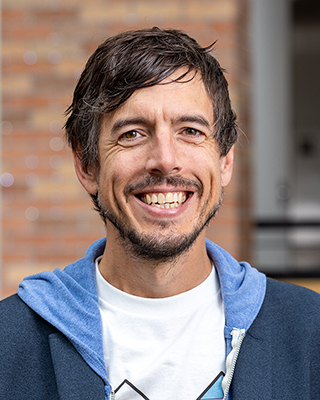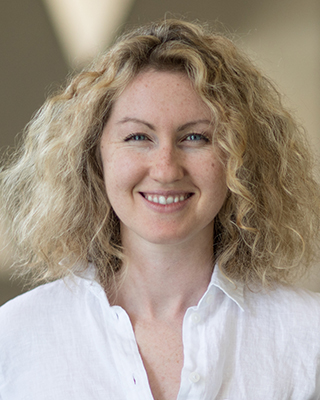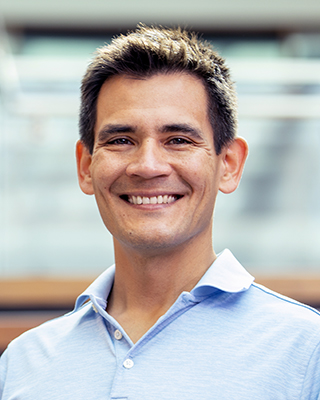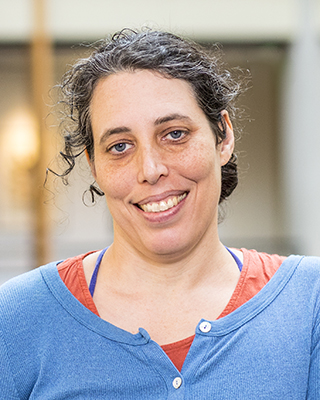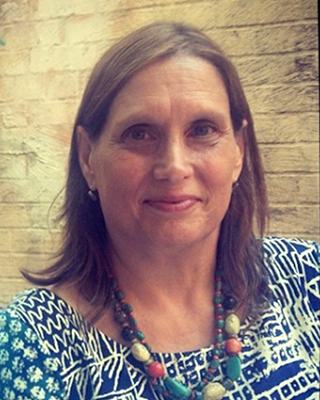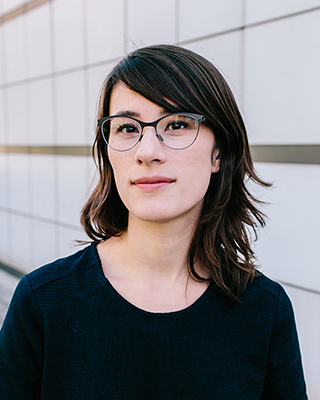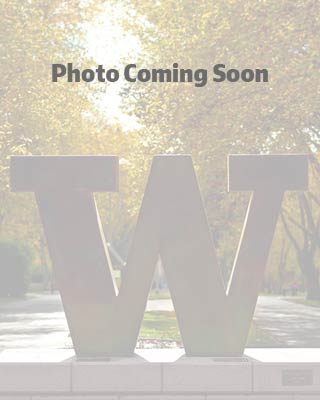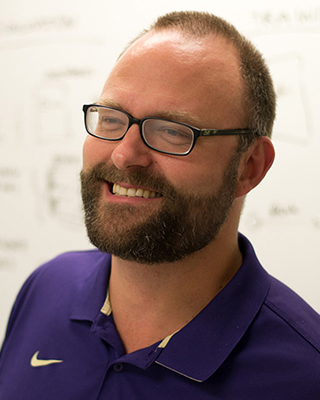Advances in low- and no-power sensing, communication and interaction technologies offer new possibilities for blending digital innovation with our physical environment.
From gesture recognition that allows people to interact with objects in new ways, to low-power sensors that collect and transmit data about temperature, air quality, urban accessibility and more, our researchers are tapping into the potential of computation to transform how we experience the world around us.
Faculty Members
Accessible Accordion
Areas of Expertise
Societal Impact
Results will appear in alphabetical order.
Faculty
Faculty
Emeritus Faculty
Faculty
Faculty
Faculty
Faculty
Faculty
Faculty
Adjunct Faculty
Faculty
Faculty
Faculty
Faculty
Faculty
Emeritus Faculty
Faculty
Faculty
Faculty
Adjunct Faculty
Adjunct Faculty
Faculty
Faculty
Faculty
Faculty
Faculty
Adjunct Faculty
Highlights
Allen School News
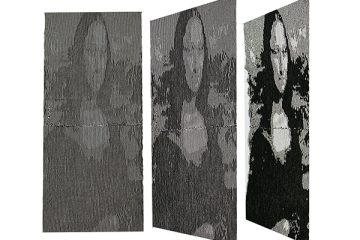
A team of Allen School researchers introduced computational illusion knitting — a design framework that helps automate the process, making illusion knitting more accessible and allowing for more complex and multi-view patterns like hidden Mona Lisas that were previously believed to be impossible.
UW News
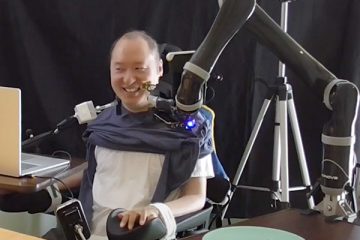
Researchers in the Allen School’s Personal Robotics Lab invited people with motor impairments to help them test the Assistive Dexterous Arm in real-world scenarios — including community researcher Jonathan Ko, who spent five days with ADA in his home.
GeekWire
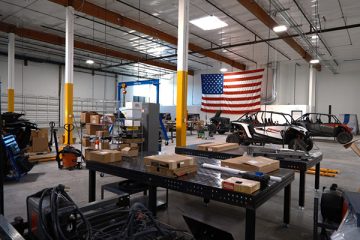
The company, which is led by Allen School robotics professor Byron Boots, opened the 22,000 square-foot facility to produce its autonomous ground vehicles capable of navigating off-road terrain in challenging environments.

